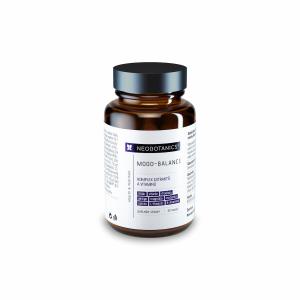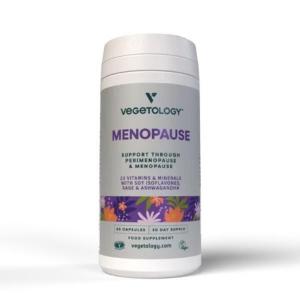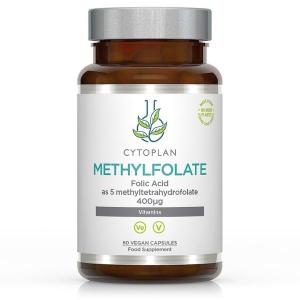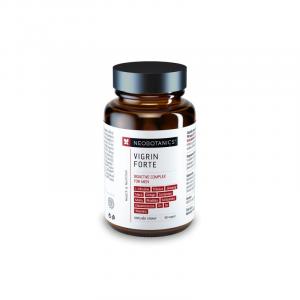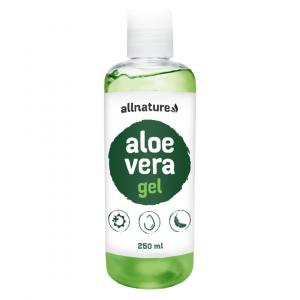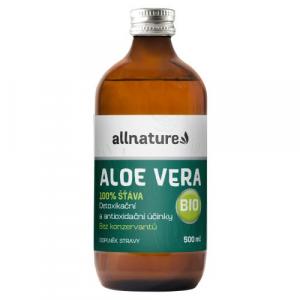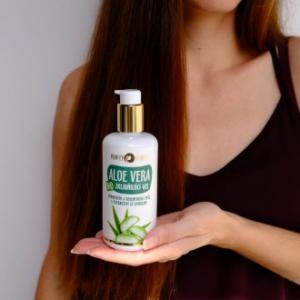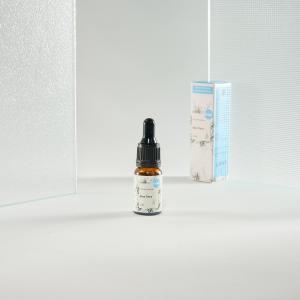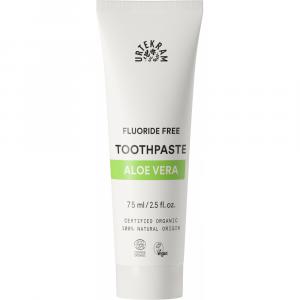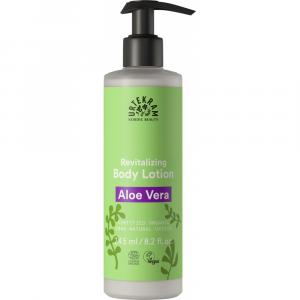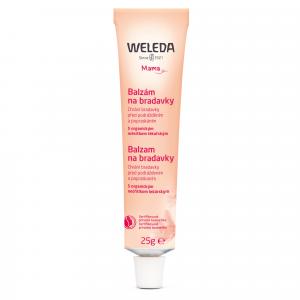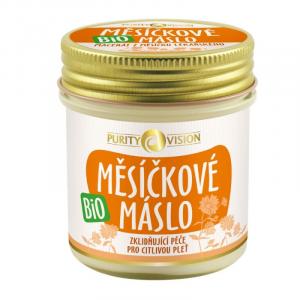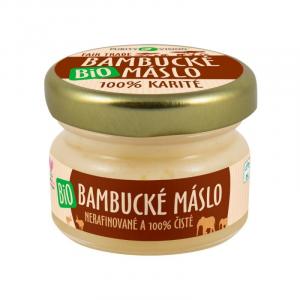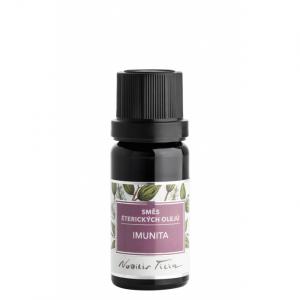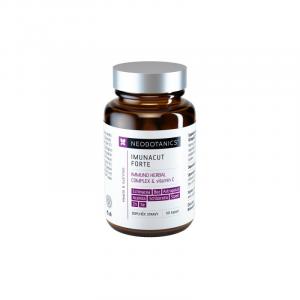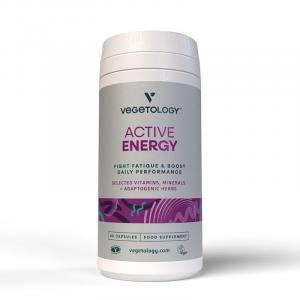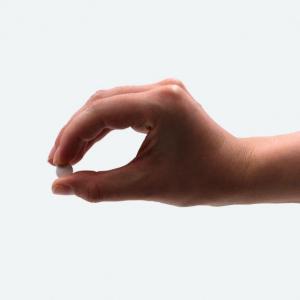
How to Prevent and Treat Sweat Rash

Heat rash, also known as miliaria, is a common issue affecting not only children but also adults. This uncomfortable skin condition, which typically manifests in hot and humid weather, can significantly impact our quality of life. But how can we prevent heat rash, and what should we do if it appears? These are questions many of us ask. This article will delve into the causes, prevention, and treatment of heat rash, providing you with useful advice and tips for a healthier and more comfortable life.
Heat rash occurs when sweat glands become blocked and sweat cannot reach the skin's surface. This causes inflammation and skin irritation, leading to the appearance of small red bumps, blisters, or nodules. Rash from sweat can vary in severity—from mild itching to painful blisters that can burst and cause infections.
There are three main types of miliaria:
- Miliaria crystallina: This type is the mildest and presents as small, clear blisters that are not inflamed.
- Miliaria rubra: Also known as heat rash, it is the most common form. It appears as red, itchy bumps and blisters.
- Miliaria profunda: This type is rarer and affects deeper layers of the skin. The rash presents as large, hard nodules and can be painful.
Try our natural products
Causes of Heat Rash
The main cause of heat rash is the blockage of sweat glands. This blockage can be caused by various factors. One of them is hot and humid weather, where high temperatures and humidity increase sweat production, which can lead to blocked sweat glands. Another factor is physical activity, where intense exercise or physical work increases sweating and thus the risk of developing a rash. Inappropriate clothing, such as tight and non-breathable materials, can trap sweat and cause skin irritation. Poor hygiene, irregular washing, and improper skin care also contribute to blocked sweat glands.
Preventing heat rash can be simple if we follow a few basic rules. The first rule is choosing suitable clothing. Wearing light, breathable, and loose clothing made of natural materials, such as cotton, can help reduce sweating and the risk of rash. Another important step is keeping the skin dry. Regularly drying the skin and frequently changing sweaty clothing can help keep the skin dry. Ventilation and cooling are also essential. Staying in cool, well-ventilated areas and using fans or air conditioning can reduce sweat production.
Finally, hygiene plays a crucial role. Regularly washing the skin with mild soaps and thoroughly drying after showering can help keep sweat glands clean.
Try our natural products
Treatment of Heat Rash
If a heat rash appears, it is important to start appropriate treatment to prevent complications. There are several recommended procedures that can help alleviate symptoms and speed up healing. One of them is cooling the affected area. Applying cold compresses or showering with cold water can help reduce itching and inflammation. Topical treatment is another step. Using creams and ointments containing hydrocortisone or calamine can relieve itching and irritation.
Try our natural products
It is also important to keep the skin dry. As with prevention, it is necessary to keep the affected area dry and clean. Choosing appropriate clothing also plays a role. Wearing loose and breathable clothing that does not irritate the affected skin can be very effective. Finally, it's good to avoid hot and humid conditions. If possible, avoid environments that increase sweating.
When to Seek Medical Help?
Most cases of heat rash can be managed with home remedies and care. However, there are situations where medical help is necessary:
- Persistent or worsening symptoms: If the rash does not subside or worsens despite home care, it is advisable to consult a doctor.
- Infection: If signs of infection appear, such as redness, pus, or increased temperature in the affected area, medical assistance is necessary.
- High fever: If a high fever appears along with the rash, it could be a sign of a more serious problem requiring medical intervention.
Try our natural products
What are the Long-term Effects of Heat Rash?
Can heat rash have long-term consequences? It is usually a temporary problem that improves with proper care. However, repeated episodes can cause permanent changes to the skin, such as thickening or darkening of affected areas. Therefore, it is important not only to treat but also to prevent heat rash with preventive measures.
Have you ever considered how much our daily lifestyle affects the health of our skin? Our choices, from clothing to hygiene, can have a significant impact on how our skin reacts to external conditions.
Heat rash is a common but unpleasant problem that can affect our quality of life, especially in hot and humid weather. Prevention and proper skin care are key to minimizing the risk of developing this rash. However, if the rash appears, it is important to start appropriate treatment and seek medical help if necessary. By following these principles, we can keep our skin healthy and avoid the unpleasant consequences of heat rash.
Remember, skin care is part of overall health and wellness care. Be kind to yourself and take care of your body so you can live a comfortable and healthy life without unnecessary complications.

